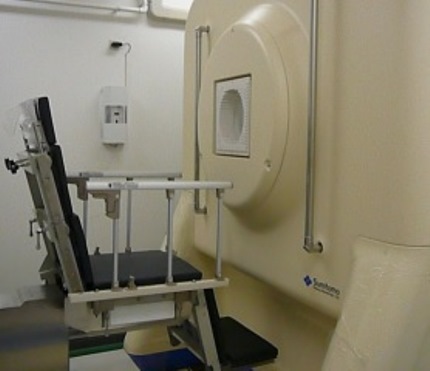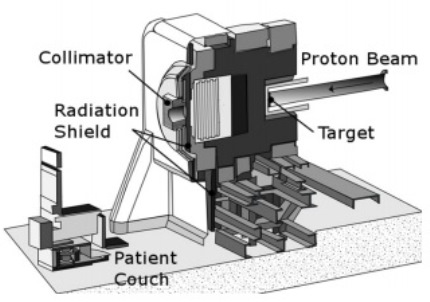As for malignant melanoma that cannot be totally cured, Nivolumab (genetical recombination) jointly developed by Japanese Ono Pharmaceutical Co., Ltd. and Bristol-Myers Squibb, an American company, has been mass-produced and put up for sale since July, 2014 as an anti-PD-1 antibody.
Through combining with T cell’s PD-1 and preventing PD-1 from fusing with PD-L1, such a medicinal product is capable of keeping immunity uninfluenced and enhancing T cell’s attacking ability against cancer cells so as to significantly reduce negative effects imposed upon immunity by cancer cells, and boost the body’s immunity against cancer tissues. Via this way, many types of cancer can be treated effectively.




